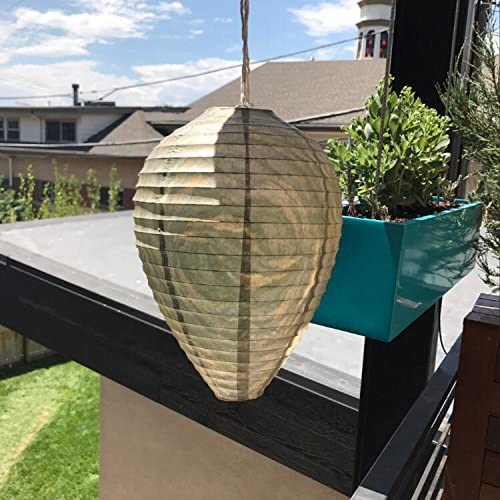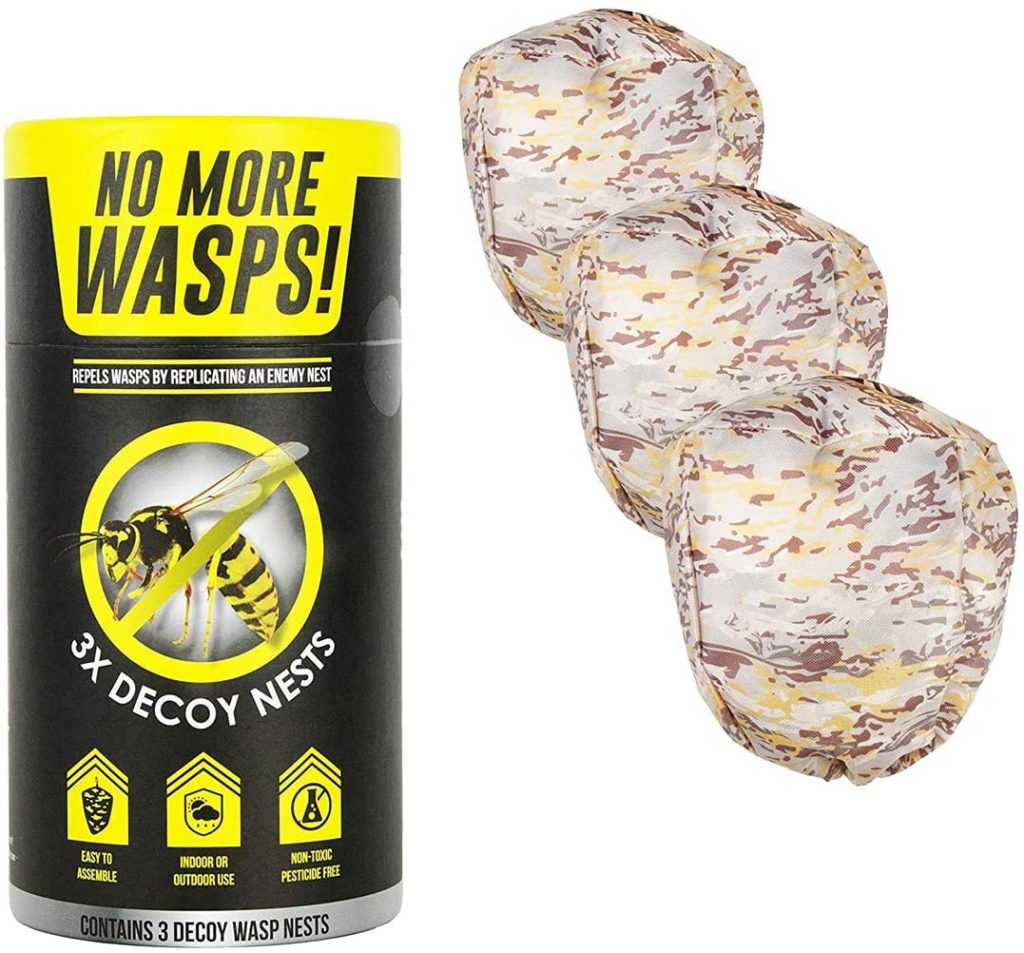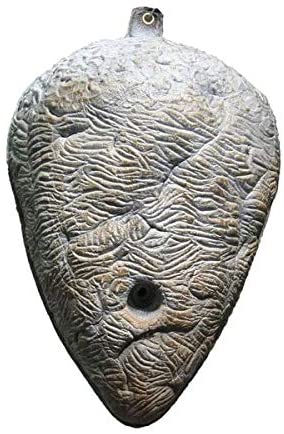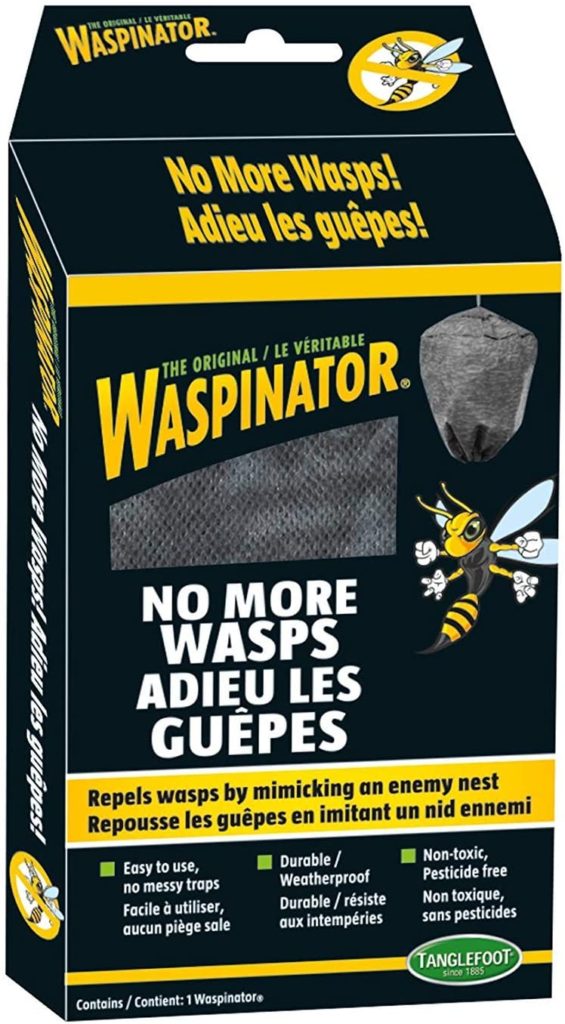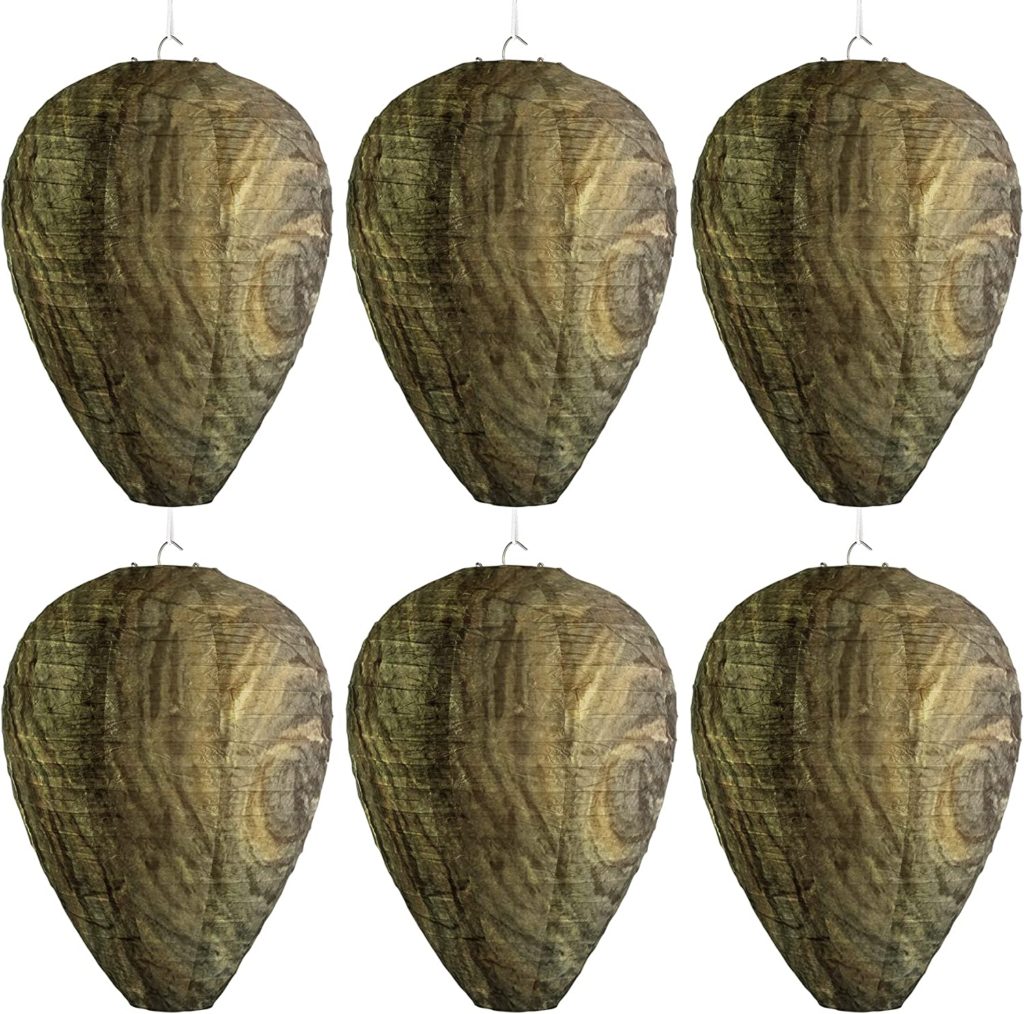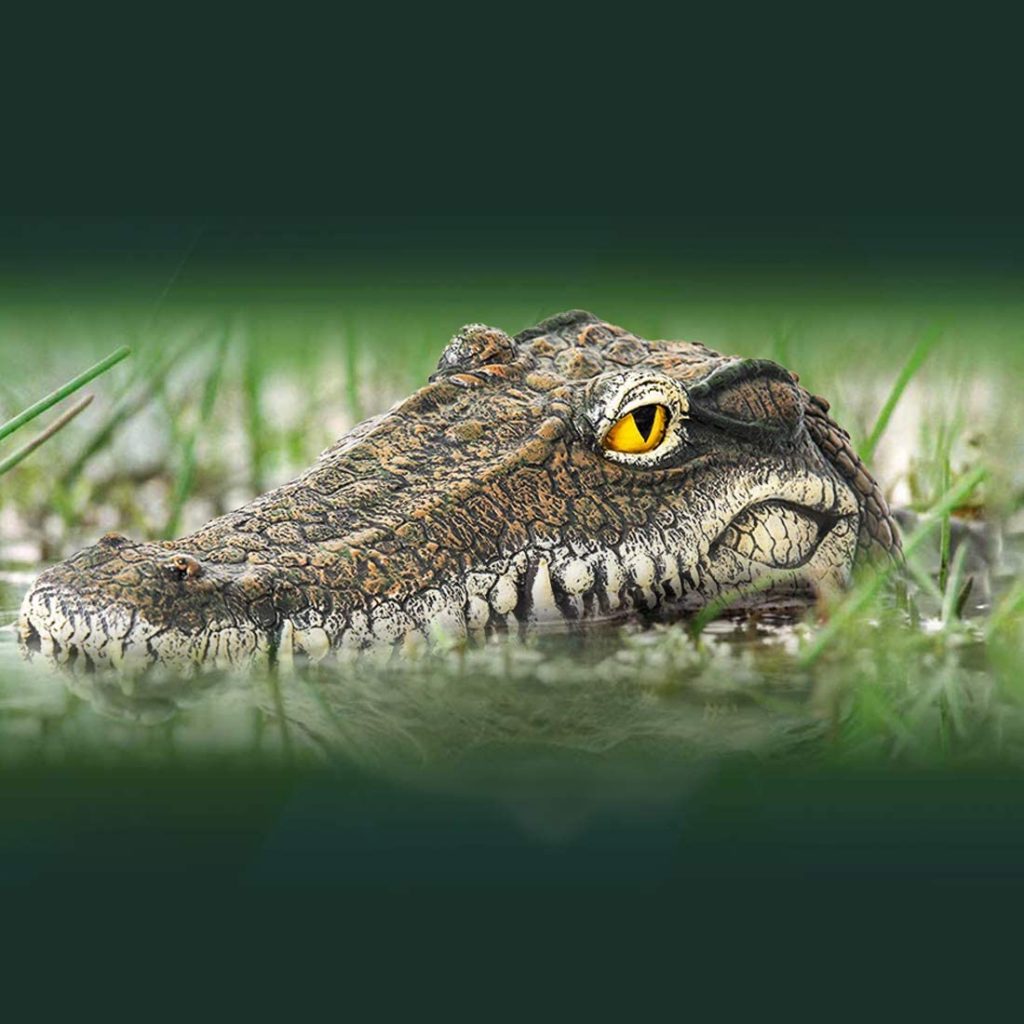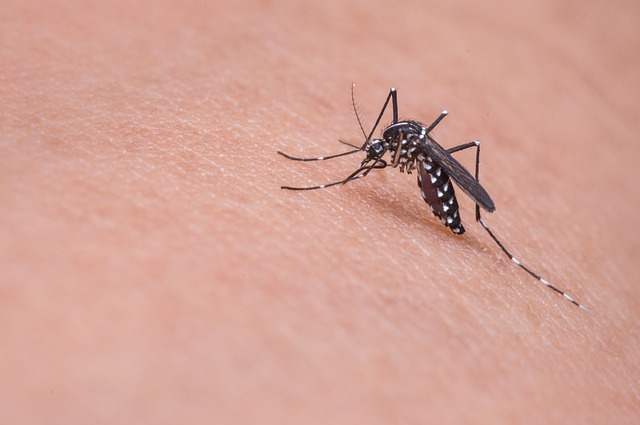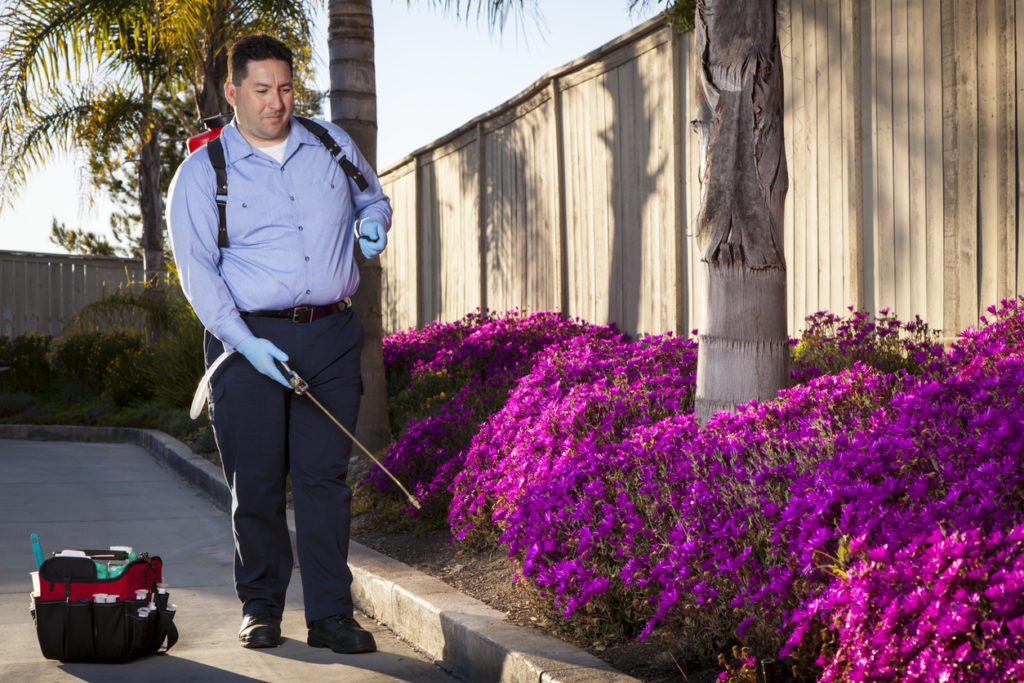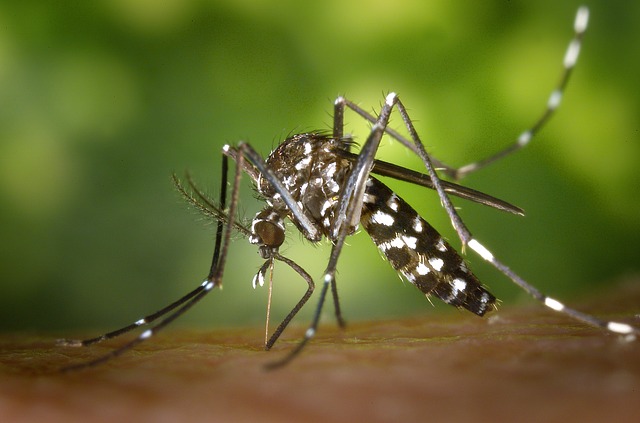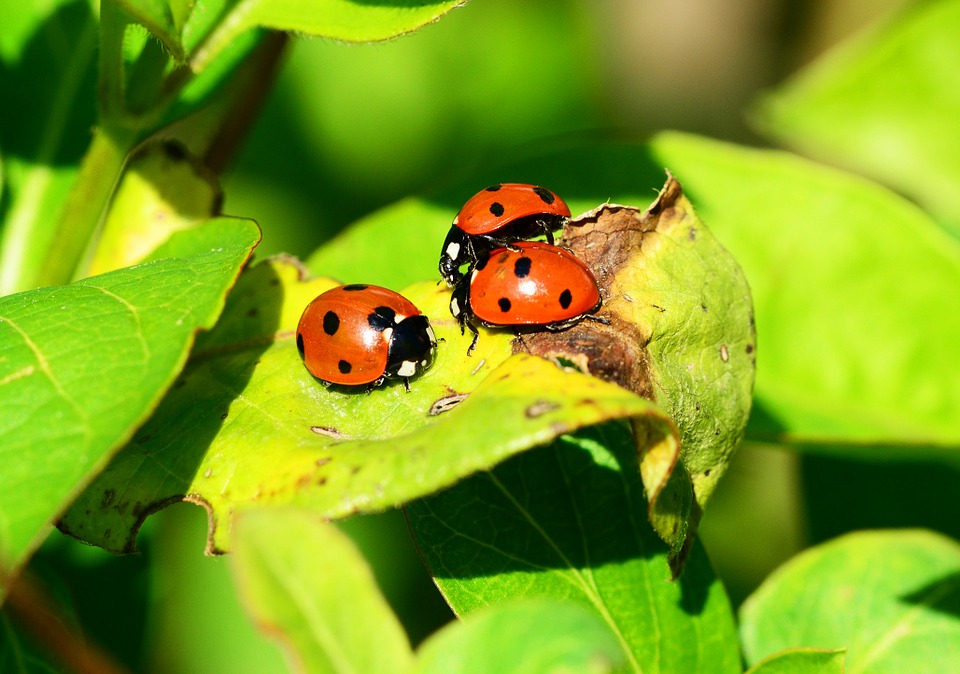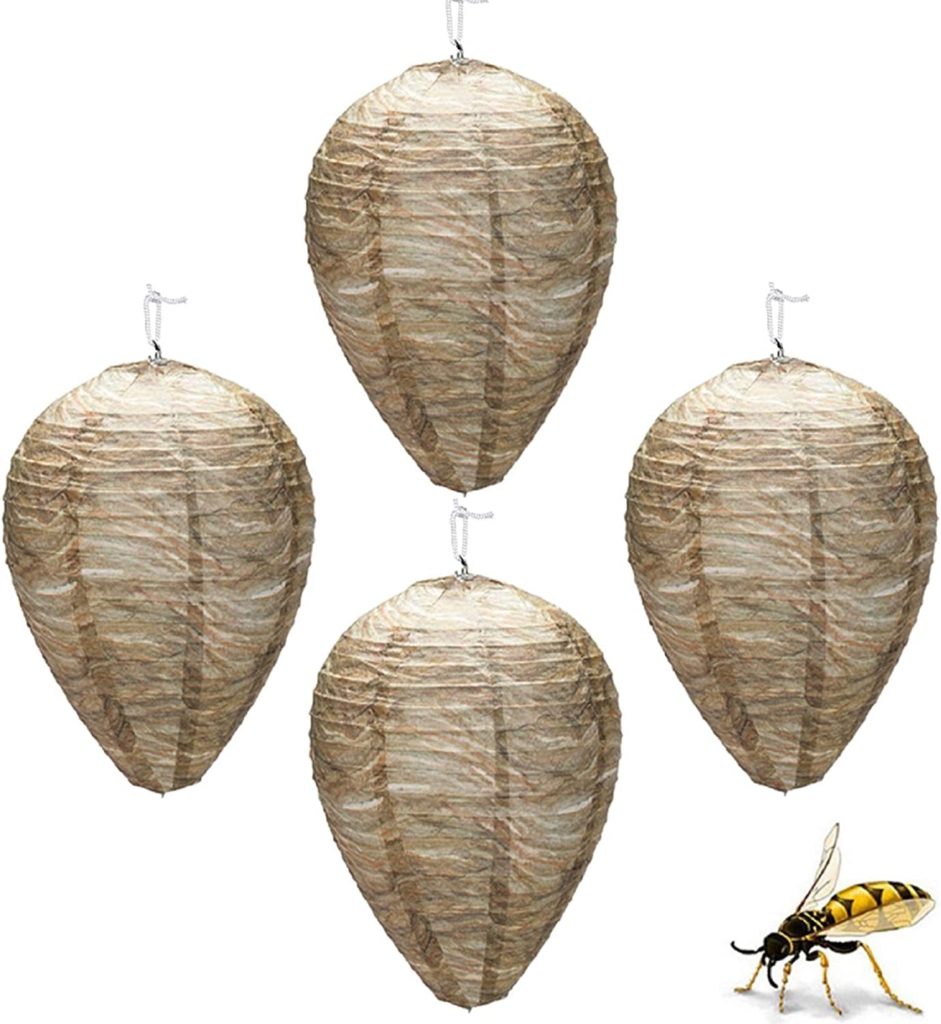
Wasps are aggressive pests that have a painful and potentially dangerous sting. Luckily you don’t have to risk serious injury in order to keep them away. A much easier option is to use a fake wasp nest to deter them. And here is everything you’ll need to know about them.
Meet The Wasp
Wasps are feared by both humans and animals because of their sting. And unlike bees, which can only sting once (because their barbed stinger gets stuck in whatever they decide to sting), wasps can sting over and over again. Their stinger contains venom which can cause intense pain or even anaphylactic shock leading to death for those who are severely allergic to it or that have been stung many times.
Despite there being over 30,000 different species of wasps, most are not considered to be pests. The majority of wasp species belong to a group known as solitary wasps. These wasps typically live in small numbers with their offspring inside underground tunnels.
And even though they do have a painful sting, solitary wasps only use their stinger against humans when they are grabbed or stepped on. Cicada killer wasps and tarantula hawks are two examples.
It’s the relatively small group known as the social wasps which are considered both a threat and pests. These species generally build papery nests up off the ground where they live in large colonies. These include such wasp species as hornets and yellow jackets. (That’s right, both hornets and yellow jackets are types of wasps.)
Social Wasps will sting when they feel that they are threatened or to protect their nest. In fact, when they think that there is danger they will actually release a pheromone which causes nearby wasps to swarm and attack the threat in a stinging frenzy. And they won’t stop attacking and stinging until the threat has left the area or is dead.
Fake Wasps Nest Basics
The problems between wasps and humans typically occur when social wasps build a nest on or nearby homes, buildings, outdoor structures, farms, or really anywhere that is close to people. The fact that they are both defensive of their nests and potentially dangerous means they need to be kept away.
Luckily social wasps also happen to be territorial when it comes to their own kind. In order to prevent a conflict with another wasp colony, they usually won’t build their nest within around 200 feet of an existing nest. A fake wasps nest takes advantage of this natural behavior.
Fake nests are designed to look just like the real thing, that way when they are hung up in a specific area, they deter wasps from building their nests nearby. Once the wasps are aware that the fake nest is there it will also help to deter them from looking for food in the area as well. When shopping for nests you may see them advertised as a “wasp nest decoy”, “artificial wasp nest”, “faux wasp nest”, or “fake hornet’s nest”; they’re all the same thing.
What Type Of Wasps Do They Deter?
They will deter all species of social wasps. Although most often fake nests are used to deter hornets, yellow jackets, paper wasps, and mud daubers (mud wasps) along with a handful of others. A fake nest can also work to deter many species of solitary (ground-dwelling) wasps as well. That’s because social wasps actually prey on them so when they see a nest they stay away.
You shouldn’t count on a fake nest to deter bees or other insects; they are specifically made to repel wasps. However, some people do report successfully using a fake wasp nest to deter carpenter bees. This may be because carpenter bees are on the menu for wasps too.
Fake Wasp Nest Benefits
There are many benefits to using fake wasps nests, including:
No Toxic Chemicals
Unlike using wasp spray, when using a wasp nest decoy you won’t have to worry about being exposed to any toxic or harmful chemicals. They are totally safe to use around humans and pets and environmentally friendly.
Humane
Wasps play an important role in nature as pollinators and predators of various insects (many of which are considered pests such as aphids). Using a fake wasp nest to deter wasps doesn’t involve killing them. It simply means tricking them to stay far away so they can continue to play their part in the ecosystem. Just not near us.
Simple To Use
Once your fake wasps nest is in place there is no more effort required. Just hang it up and let it do its job. It will be on duty working to keep wasps away all day, every day, rain or shine. And unlike sprays or traps, there’s no mess or dead wasps to deal with.
When To Use A Fake Wasp Nest
Wasps build their nests in the spring and they are active until late fall. Before winter sets in the nest are abandoned and the males and old queen die off leaving the unmated queens to survive and hibernate until the next spring and start the cycle all over again.
Therefore the perfect time to add fake wasp nests to your property is as early in the spring as possible, before wasps start scouting for a new nesting location. This will help to keep wasps from moving in for the entire year. However, you can definitely hang nests at any time. The most important thing to remember is that a fake nest will not work if there is already an established wasp nest close by. If there is, the wasps will just ignore the fake nest.
So it is critical that before you hang your nest that you check to make sure there are no active wasp’s nests. If there are, you will need to destroy or remove them first. Because this can be dangerous you may want to call a pest control service. If you are doing the job on your own it’s usually recommended to destroy the nest by spraying it with an insecticide that is specifically made for wasps and hornets. By spraying the nest at night when the wasps are not active, you will greatly decrease the chance of being stung.
Where And How To Use Fake Nests
You’ll want to hang your artificial wasp nest near areas that wasps typically fly past, build their nests, or look for food. Most often this tends to be near gardens, pools, garages, barns, gazebos, roofs, eaves, trees, decks, patios, porches, trees, bird feeders, and swing sets. And of course, don’t forget outdoor dining and cooking areas as wasps are attracted to meats and sugary drinks.
Fake wasps nests are also used near fruit trees since wasps feed on ripe fruit. And beekeepers use them near their beehives to protect them from being by eaten wasps. Regardless of where you place your nest the most important factor for success is making sure that the nest is highly visible. Wasps are visual hunters and have excellent long-range vision which allows them to see nests from far away. However, if the nest is not in a clear line of sight they may not feel threatened and may even build a nest close by.
In terms of height, nests should be hung at around six to eight feet off the ground to look natural. How many nests you need will depend on the size of your property and how bad your wasp problem is. While in smaller areas a single fake nest can deter wasps, larger areas and places that have more severe wasps problems will require several decoy wasp nests to keep them away.
Choosing A Fake Wasp Nest
When it comes time to buy a fake wasp nest there are a few different material options. Typically the most inexpensive are nests made from paper. These usually need to be placed in areas that are protected from the rain and weather and may need to be replaced each year. However fake paper wasp nests often come in packs with multiple nests making them a good deal. They also can look quite decorative since they are similar in appearance to Chinese lanterns.
For those who are skilled in crocheting creating a DIY fake wasp nest using acrylic yarn is also an option. Nests made from more durable materials such as foam or polypropylene may cost a bit more but they are also usually weather and waterproof. This allows the nests to be used anywhere outdoors and often for several years before needing to be replaced. They also tend to be more realistic in appearance as well which is always a good thing. Some look so real that they may even fool humans.
When it comes to deterring wasps a fake wasp nest is an effective, humane, and easy-to-use solution. And with this guide, you now have all the info you need to get started using one or more to keep your property safe and wasp-free.
The Complete Alligator Decoy Guide
Buy on Amazon Trying to keep predators and pests out of your pond or pool can seem like an impossible task. It can be time-consuming, frustrating, and the damage they cause can be costly and messy. With an alligator decoy, you’ll be able to use their instincts against...
How To Keep Mosquitoes Away From Your Outdoor Living space
If you want to enjoy your outdoor living space during the warmer months without getting eaten alive by mosquitoes, then there is work to be done. Read on below to find out exactly how to keep these blood-sucking pests away from your backyard when the temperature heats...
Pest Control Planning-3 Methods That Are Safe For Your Home and Family
Just the thought of dealing with an infestation of insects or rodents can be enough to send homeowners into a panic. Yet at the same time, the idea of spraying dangerous chemicals on your property can also be unsettling. Fortunately, you don't have to compromise your...
4 Natural Ways to Pest-Proof Your Garden and Patio
Summer is fast approaching, which means it's time to plan out all the fun outdoor activities in your garden. Whether that's having a barbecue, starting a vegetable patch, or chilling in an outdoor pool, summer is the perfect time to take advantage of your garden and...
Green Tips for a Green Garden
Unwanted pests and unwanted weeds are always popping up in the garden. These can ruin flowers or other plants around the yard. Instead of using dangerous chemical pesticides as a means of pest control, there are organic alternatives that work just as well. Here are...
